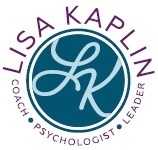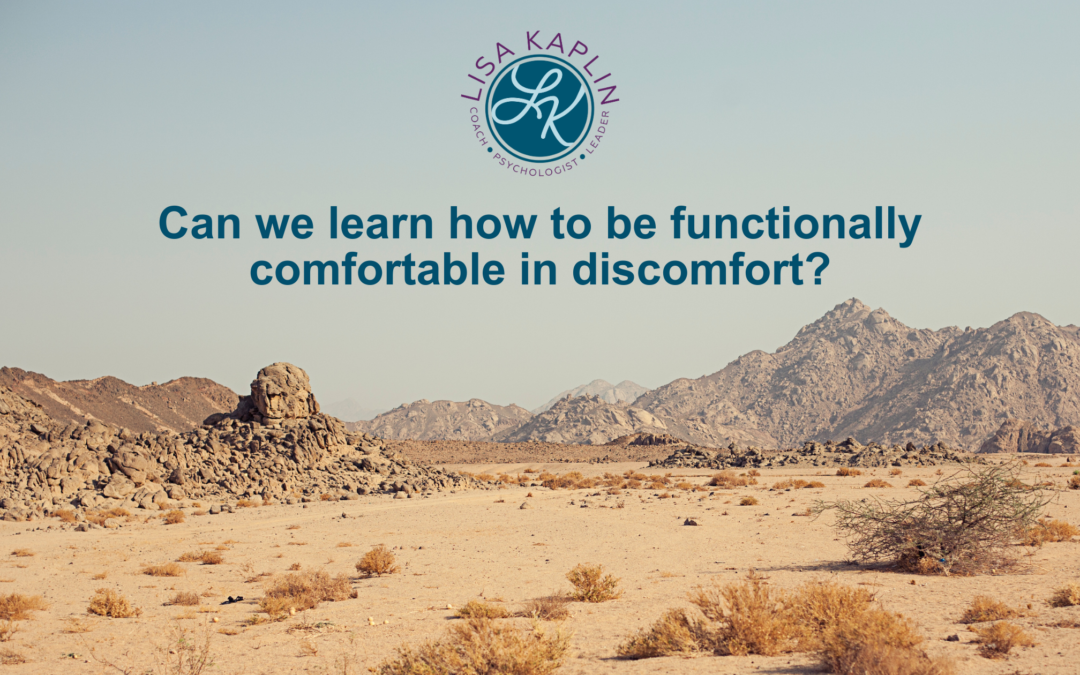A client recently asked me if I thought it was possible for people to truly get comfortable with discomfort. Many of us have grown up or come from uncomfortable, maybe even traumatic, situations. Many of us might also admit that we are uncomfortably used to chaos and drama. We know that this version of comfort isn’t a healthy one, but rather a reactive one. So can we learn how to be functionally comfortable in discomfort, in not knowing or not understanding?
My belief is that we can. We can learn or train ourselves to sit in not knowing and get curious about it. We can accept our discomfort as part of life’s experiences and trust that we will eventually move out of that discomfort. Life is all about change and transition. With change and transition comes discomfort for most of us because we don’t know what’s coming next and that’s scary. Our first natural reaction to change is fear or the flight or fight response. We panic and then we react to that.
Yet what happens after that initial fight or flight response? We can choose to be comfortable in discomfort. We can talk to ourselves and remind ourselves to get curious as to why we are uncomfortable. What are we afraid of? What are the stories we are telling ourselves about the discomfort or the not knowing? Almost always, the story we tell ourselves sounds like a Greek tragedy and rarely is the reality even close.
The goal isn’t to settle or tolerate discomfort. Rather, it’s to actually choose to be uncomfortable. Choose to not know and to be radically accepting of that. Choose to be okay with your fear and worry and to sit with that. It’s not easy to do. It takes work, maybe a lifetime of work. Yet, what would be different in your life if you learned how to be comfortable in your discomfort?
Love,

Lisa Kaplin Psy. D. PCC


I have learned that the attitude towards or in relation with something is what creates and or releases tension.
So when I am neutral or positive towards discomfort, or negative emotions like fear, I consider it through a lens of opportunity for learning and growth.
To do that I have to acknowledge emotions as a wave (sometimes overwhelmingly strong) AND a signal for intuitive reflex and reflection.
Negative is is just as Good and Positive can be Bad.
Strong isn’t Bad until we become fixed with a judgment that it is Wrong.
I have a Mindset Mantra I recall at times …
Amplify the positive and embrace the negative as opportunities .. this is what I introduce to my children as the Prime Directive.